The Safari Internet browser was first designed for Apple computers, where it replaced Internet Explorer. Apple previously had an agreement with rival Microsoft, according to which Internet Explorer was set as the default browser on every Mac. But the agreement was only valid for 5 years and then it was time for a change. It didn't take long to spread from Macs to other platforms quite quickly. It happened in 2007, when the world saw the very first iPhone. It was then that the browser arrived on the Apple phone, as well as on the competing Windows platform.
It could be interest you
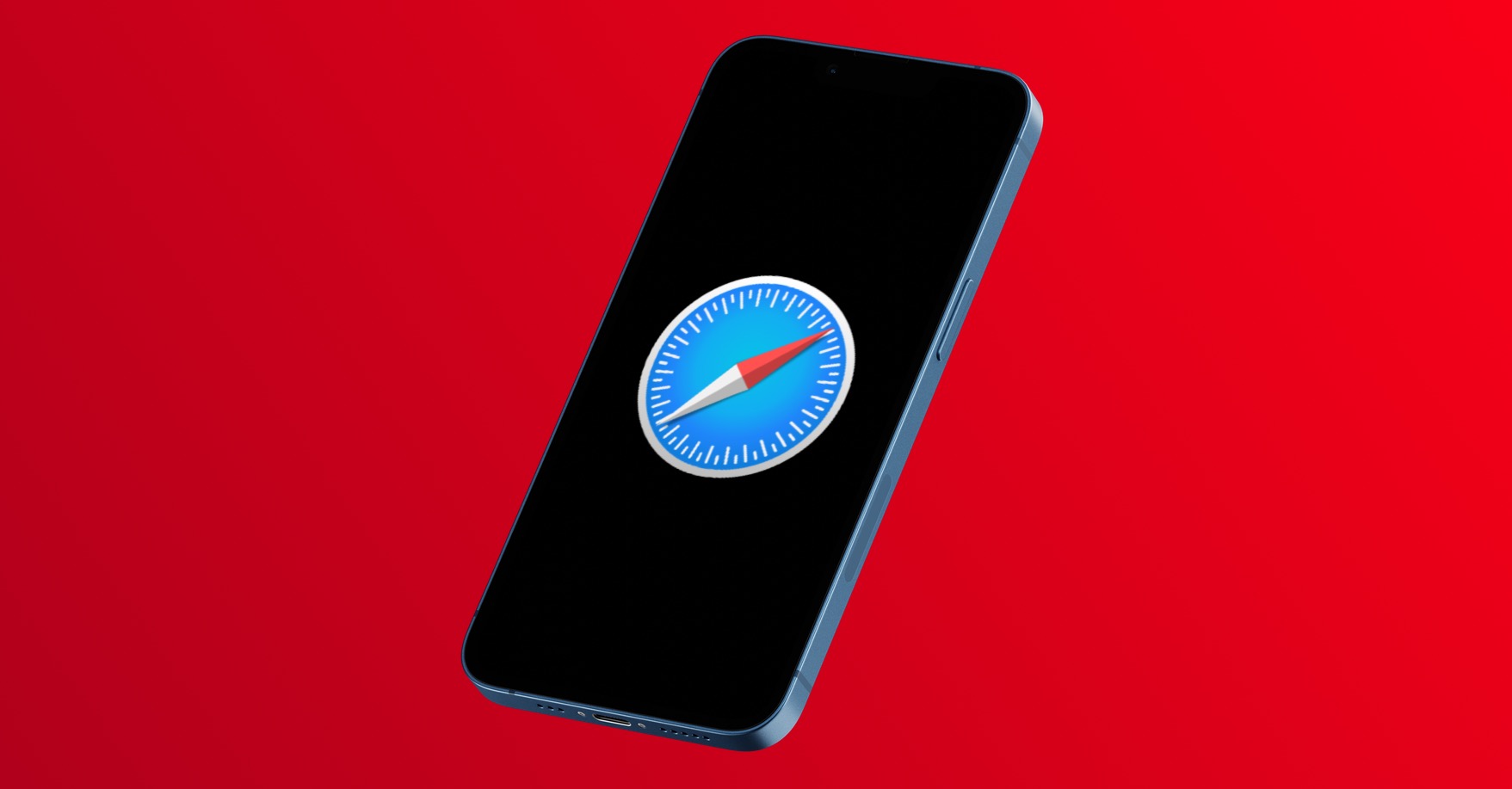
Since then, it is one of the most used Apple applications. The vast majority of apple users rely on the browser, which makes it an extremely popular software. Unfortunately, it did not last very long on Windows - already in 2010, Apple stopped its development and left it exclusively on apple platforms. But why did it happen? At the same time, there is a rather interesting question among Apple users, whether it would not be worth it if the giant decided to change and not return Safari to Windows.
End of Safari on Windows
Of course, the end of the development of the Safari browser was preceded by several important things. We must not forget to mention one point of interest right from the start. Immediately after the launch of Safari for Windows, a serious security error was discovered, which Apple had to fix within 48 hours. And practically it all started with that. Instead of adapting to a different platform, Apple tried to carve out its own approach, which did not meet with positive results. The basic difference, which was noticeable at first glance, lay in the design. As such, the application simply resembled a Mac and, according to some, did not fit into the Windows environment at all. In the final, however, appearance is perhaps the least important. The main problem was functionality.

As we mentioned above, Apple, instead of adapting and "playing" by the rules of the Windows platform, tried to do the entire browser in its own way. Instead of bringing a suitable port of Safari based on .NET technologies, he tried in his own way to port the entire Mac OS to Windows so that Safari could be run as a regular mac application. Therefore, the browser ran on its own Core Foundation and Cocoa UI, which did not do much good. The software was plagued with a number of bugs and was generally problematic.
An important role is also played by the fact that even back then you could download a whole range of different browsers for Windows. So the competition was high, and in order for Apple to succeed, it would have to deliver a truly flawless solution, which it unfortunately failed to do. The Apple browser had perhaps only one benefit – it used the WebKit engine, which is still well-known to this day, for content rendering, which played into its cards. But once Google introduced its Chrome browser using the same WebKit engine, Apple's plan for a Windows browser completely fell apart. It didn't take long and the development was therefore terminated.
Return of Safari for Windows
Safari has not been developed for Windows for 12 years. But at the same time, this raises a rather interesting question. Shouldn't Apple try its luck again and restart its development? It would make sense in a way. Just in the last 12 years, the Internet has moved forward at rocket speed. While back then we were used to ordinary static websites, today we have at our disposal complex web applications with enormous potential. In terms of browsers, Google clearly dominates the market with its Chrome browser. In theory, it could be worth bringing Safari, but this time in a fully functional form, back to Windows and thus offering users all the benefits of the apple browser.
It could be interest you
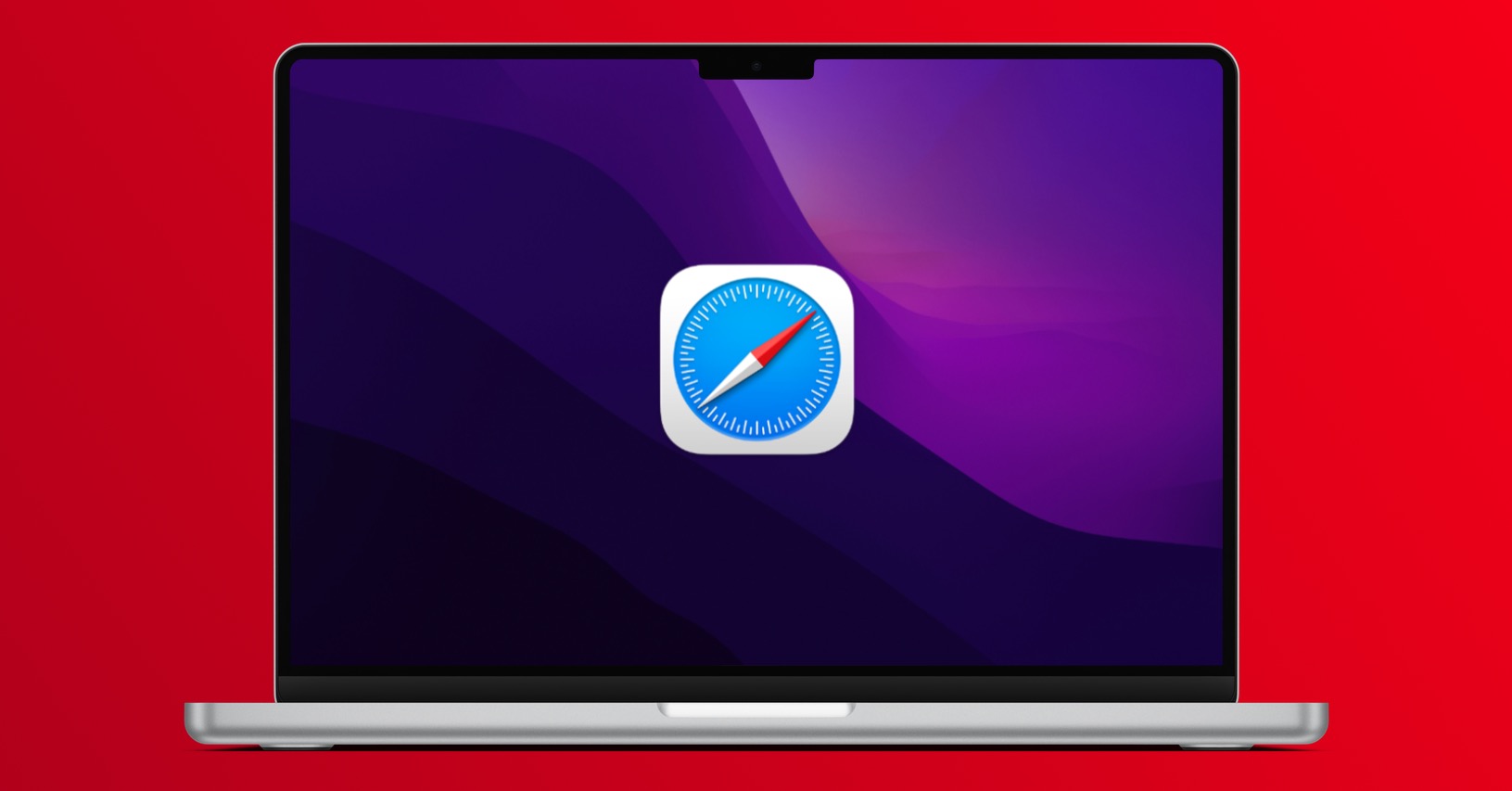
But it is unclear whether we will see such a step from Apple. The Cupertino giant is currently not planning to return to Windows, and as it seems, it won't be in the near future. Would you like Safari for Windows or are you content with the available alternatives?
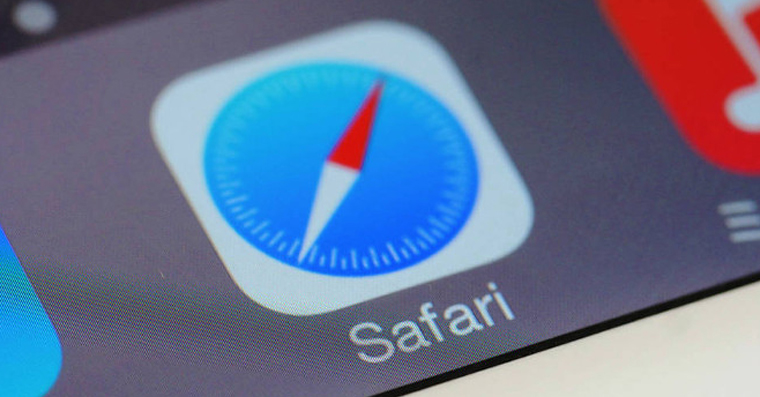
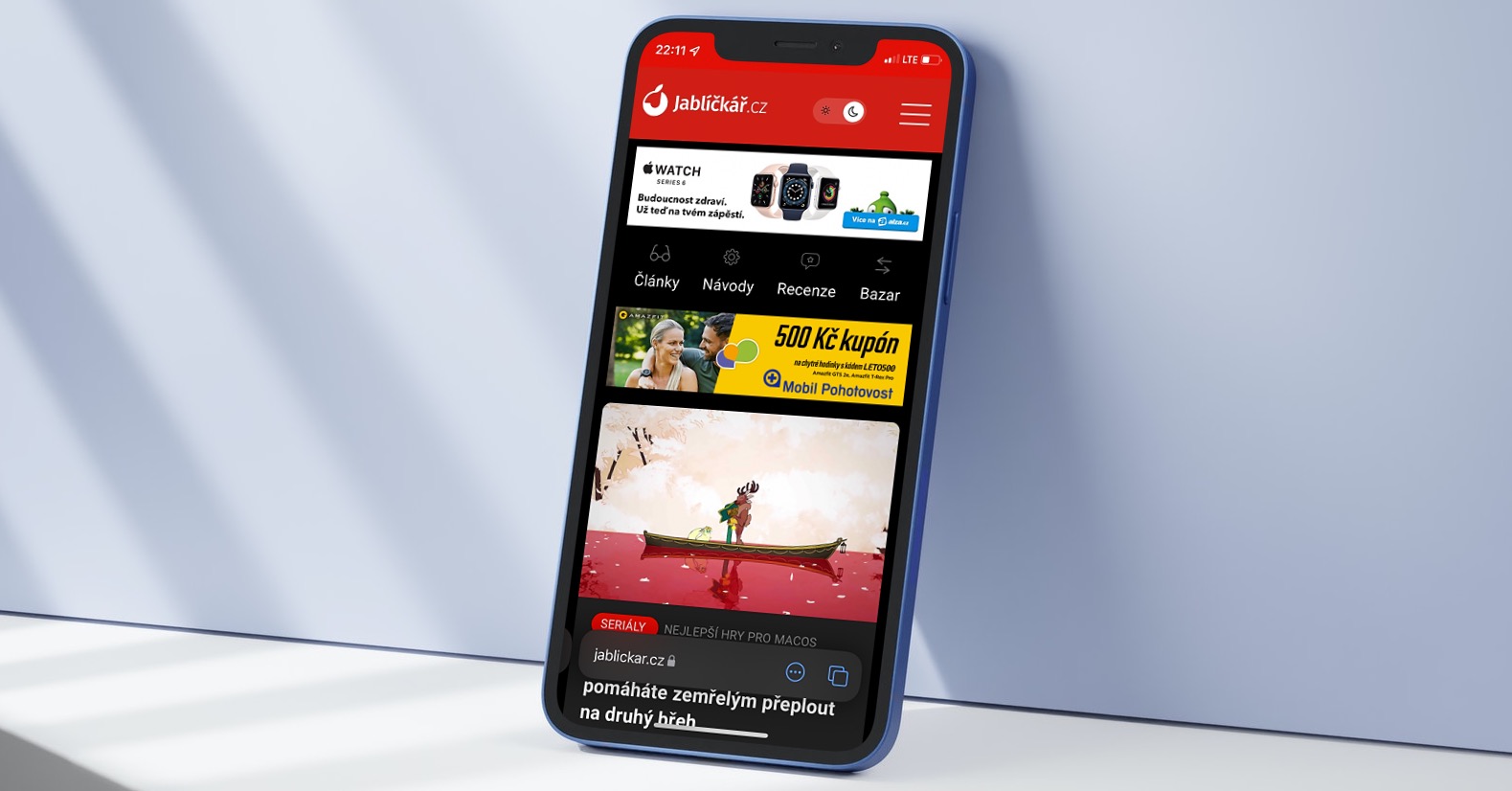

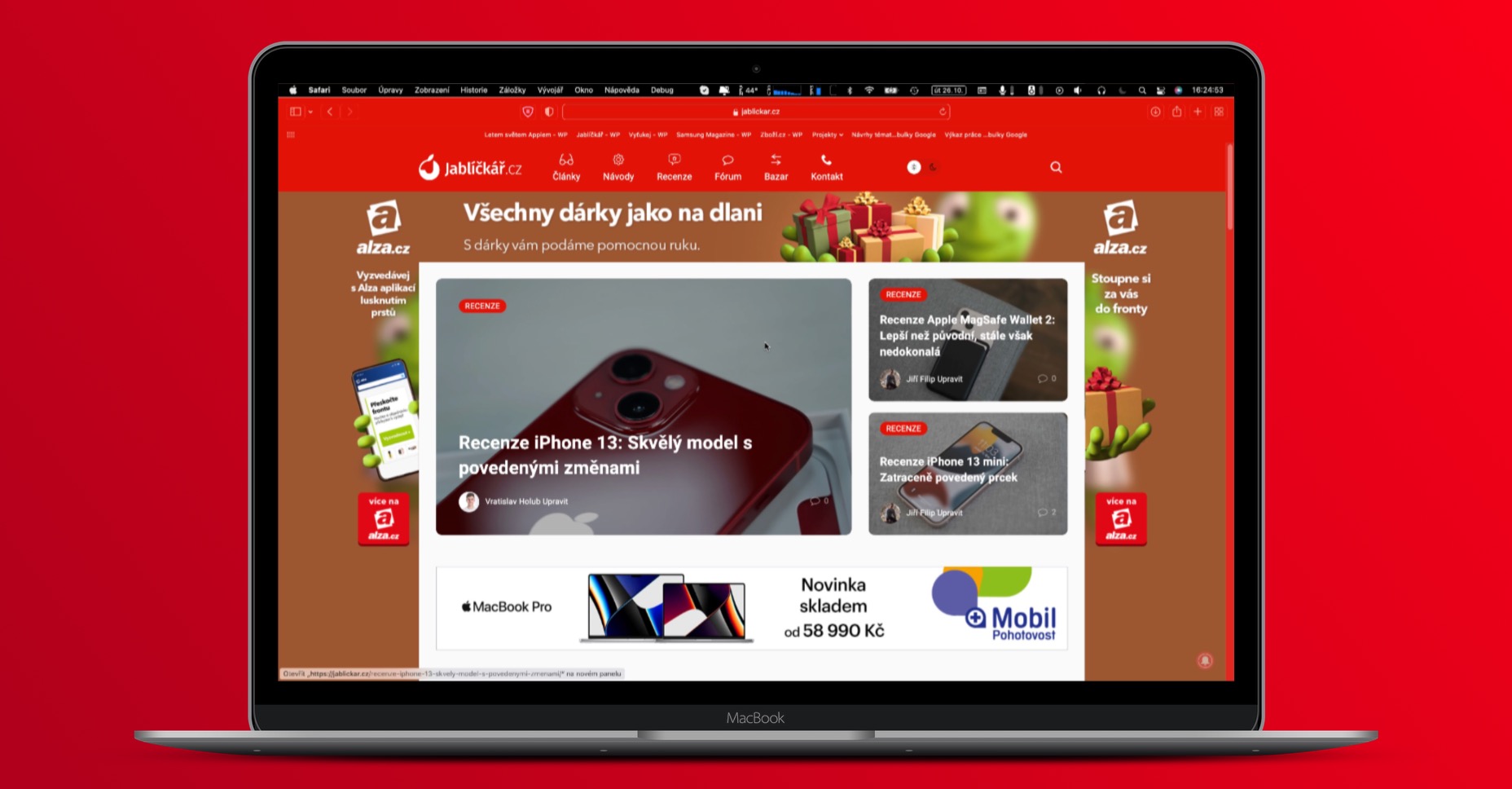


Is Safari the only browser that can play h.265 videos natively?
ne